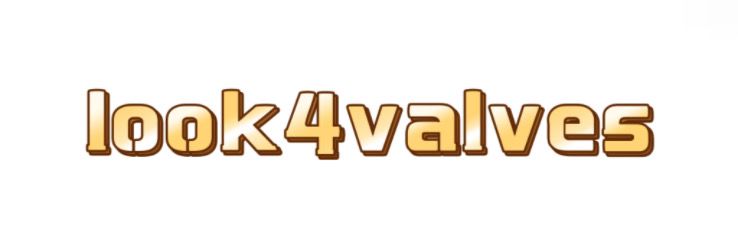Key Questions to Ask When Selecting 3D Printer Quality and Performance
HAVEN Product Page
In the rapidly evolving world of 3D printing, selecting a printer that meets your needs can be a daunting task. To simplify this process, we have compiled insights from multiple industry experts on the key questions to ask when evaluating 3D printer quality and performance. Understanding these factors can help you make an informed decision that aligns with your project requirements.
1. What is the printer's resolution and layer height?
According to Dr. Emily Chen, a leading 3D printing researcher, "The resolution of a 3D printer determines the level of detail it can achieve. A lower layer height often results in finer details, while higher layer heights can speed up printing." It's essential to consider what level of detail is necessary for your specific application.
2. How fast can the printer produce models?
Mark Thompson, a manufacturing engineer, emphasizes the importance of speed: "Production timelines can drastically affect project budgets. Understanding the printer's speed in relation to the desired layer height is critical." Look for specifications on print speed to ensure the printer can handle your workload.
3. What materials can the printer handle?
According to Sarah Lopez, a materials scientist specializing in 3D printing, "Different printers are compatible with specific materials, which can affect the durability and finish of the final product." When selecting a printer, make sure it accepts a range of materials suitable for your projects—be it plastics, metals, or composites.
4. What is the build volume of the printer?
Jason Reed, an engineer with extensive experience in 3D printing technologies, points out, "The build volume dictates the size of the objects you can print. Smaller printers may suffice for prototypes, but larger projects require a printer with a significant build area." Evaluate your size requirements and choose accordingly.
Related links:How to Improve Lathe Machine Accuracy and Precision?
5. How user-friendly is the software?
How to Choose a Servo Press for Your Production?
Ease of use is another critical factor highlighted by Linda Xu, a software developer in the 3D printing industry. "The design and slicing software can make or break the user experience. Make sure the software is intuitive, well-supported, and compatible with your existing design tools." A user-friendly interface can facilitate workflow and enhance productivity.
6. What kind of customer support and community is available?
Robert Harris, a tech support specialist, insists, "Strong customer support can be invaluable, especially for troubleshooting. Additionally, a vibrant community can provide advice, share experiences, and offer modifications that enhance the printer's performance." Investigate the resources available before making your purchase.
7. What are the printer’s maintenance requirements?
As Alice Green, a maintenance expert, notes, "Every 3D printer requires some level of upkeep. Understanding the maintenance needs can prevent unexpected downtimes and extend the printer's lifespan." Look for models that are easy to maintain and come with comprehensive guides.
Conclusion
Choosing the right 3D printer involves much more than simply looking at price tags. By asking these seven critical questions—focused on resolution, speed, material compatibility, build volume, software usability, customer support, and maintenance—you can significantly enhance your chances of selecting a 3D printer that meets your quality and performance expectations. Make sure to consider each point carefully, and you'll be better equipped to make an informed decision in the thriving world of 3D printing.
Want more information on Lathe Machine Accuracy and Precision? Feel free to contact us.

